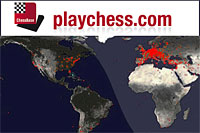Metz Open 2015 (Part 2)
Report from France by Sagar Shah
 |
The 33rd Open de la Ville De Metz took place from April 20 to 26, 2015 in the city of Metz, France. The nine-round tournament was divided into two sections: Category A for players 1900 and above and Category B for players 2000 and below. Time controls: one hour and 30 minutes for 40 moves, 30 minutes added after that, and a 30 second increment from move one. Being a seven-day event meant there were two double round days and five days of single games. The prize fund of €10,000 with the first prize of €2500 was guarantte in case of 120 players participating in the A and B categories. As there were only 100 players (38 in A group and 62 in B) the prizes were reduced and the first prize of the ‘A’ category was revised to €2080.
|
The Metz Open, as mentioned in the first part of our report, was almost like a strong round robin tournament with just 38 participants. But more than half of them had a rating of above 2300. In such events we witness hard fought battles on the top boards, and many draws take place. That’s the reason why in the previous year the winner had scored only 6.5/9. But this year, Vladimir Onischuk simply ran ahead of the others, winning the tournament with a score of 8.0/9, two points ahead of the rest. The last time someone had won the Metz Open so convincingly was in the year 1988.
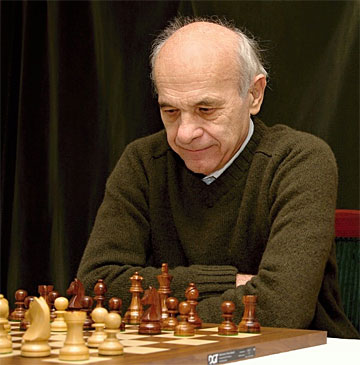
Master of Attack, Dragoljub Velimirovic won the Metz Open in 1988 with
a score of 8.5/9 with wins over Hector, Gutman, Bellon Lopez and Hebden
In the first part of the report we covered the top five finishers at the event along with some brilliant analyses by Dennis Wagner and Jacek Stopa. For you to know the player who finished sixth, we will first consider one of the most popular variations of the Benko Gambit: 1.d4 Nf6 2.c4 c5 3.d5 b5 4.cxb5 a6 5.bxa6 g6 6.Nc3 Bxa6 7.Nf3 Bg7 8.g3 d6 9.Bg2 Nbd7.
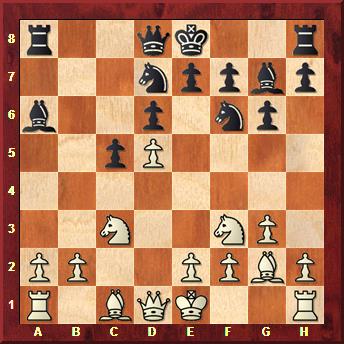
After nine moves of the Benko Gambit it is White to play
White players unknowingly would go for 10.0-0 here, and then Black would reply with 10…Nb6! White wanted to now to develop his bishop on c1, but it was impossible as Nc4 would be very irritating. At the same time the natural move 11.Rb1, which intended b3, was met by 11…Bc4! with an attack on the a2 and d5 pawns. Black would equalise in this manner. Later White realised that it was a mistake to begin with 10.0-0 and instead started playing 10.Rb1!
Now 10…Nb6 is no longer dangerous as it can be met with 11.b3! with no pressure down the a1-h8 diagonal. This little subtlety helped white players to pose black considerable problems in the Benko Gambit. Ever since this move 10.Rb1 was found it has become one of the main ways of playing against the Benko. And why am I suddenly sharing this Rb1 story with you? Because this line is called…

….the Epishin Variation after the famous Russian grandmaster Vladimir Epishin, who was playing in Metz
Born in 1965, Epishin was one of the elite players during the 90s. His rating was as high as 2669. He was the second of the Anatoly Karpov during the years 1987-1996. And how many of us can boast about having an opening variation named after us? It was a great opportunity to see him in action. Thoroughly concentrated and dedicated to the game Epishin scored 5.5/9, finishing sixth in the tournament.
The Epishin Variation against the Benko is thought to give White excellent chances of an opening advantage. However, white players have to proceed with extreme care so as not to fall for any of Black’s tricks in the opening and the middlegame. ChessBase has a 60 minute DVD on exactly the Epishin Variation which can help you with sound fundamental ideas, provided by the experienced GM Henrik Danielsen, in order to get good positions against the Benko.
 The Benko Gambit with g3 The Benko Gambit with g3
by Henrik Danielsen
Languages: English
Delivery: Download
Level: Advanced, Tournament player
Price: €9.90
The search continues for a refutation of the Volga Gambit, and White is quite happy if he can achieve a slight advantage. According to the Icelandic grandmaster Henrik Danielsen, to get this White should accept the gambit and go on to fianchetto his king's bishop. The key move is 10.Rb1 - meaning that at any point White is prepared to play b3. And the key game is Kramnik-Topalov from Wijk 2003 – since then the Bulgarian has never again played the Volga Gambit.
With his video series the author provides a complete repertoire for White against this gambit which still remains very popular with club players.

You can order Henrik Danielsen's Benko with g3 in the ChessBase Shop
|
Top final standings

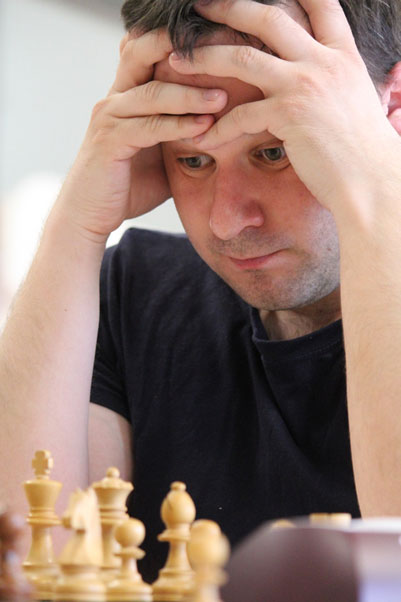
Sergey Fedorchuk (2651) from Ukraine finished seventh, with 5.5/9 points

Eighth: Sergei Azarov (2626) from Belarus, 5.5/9 points
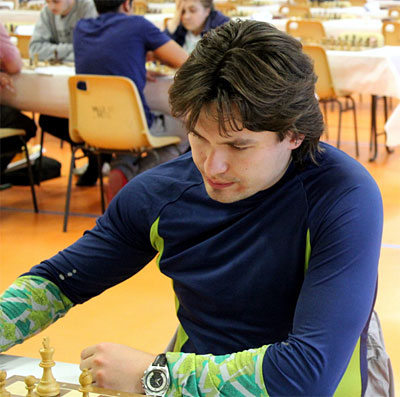
Ninth: Evgeny Romanov (2609) from Russia, also 5.5/9
Apart from having the fantastic achievement of finishing third at the 2013 European Individual Championships, Romanov is famed for being the second of Simen Agdestein at the No Logo Norway Chess 2014, where the latter drew against seven of the world elite players. Simen gave the credit for his fantastic performance to Romanov for helping him to get prepared for the games.

Tenth: Alexander Donchenko (2567), another player
who is due to receive his GM title at Chengdu FIDE meet
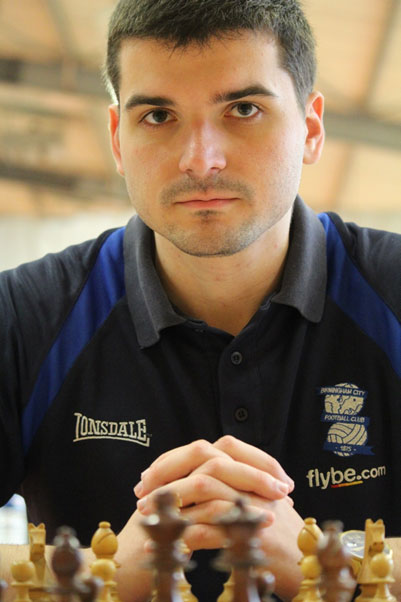
Top seed Andrey Vovk (2654) didn’t have a particularly successful event:
he finished 13th with 5.0/9 points

GM Dmitry Svetushkin (2601) from Moldova, with 4.5/9 only 18th

IM Ekaterina Atalik (2413), wife of GM Suat Atalik, scored 4.5/9
and was the best woman player of the event

Second best woman player: WIM Viktoriya Schweitzer, 4.5/9
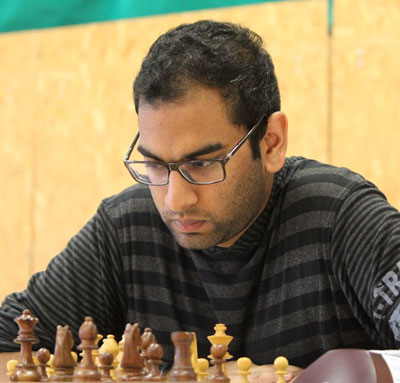
Strong French IM Jonathon Dourerassou (2430) finished 14th and was adjudged the best French
player, after Kevin Roser, who finished 12th, was not present at the prize giving ceremony
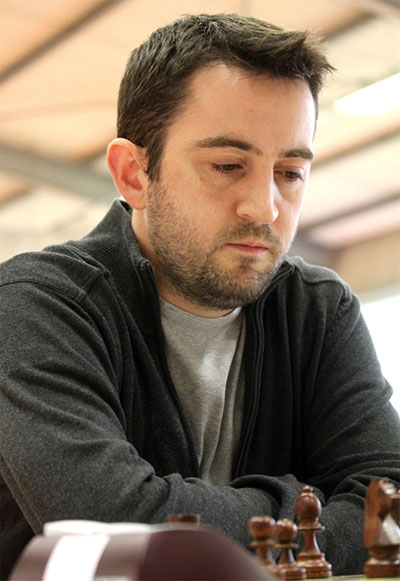
Stephen Jessel, who resides in Paris but plays under the Irish flag,
had a great tournament and made his second IM norm
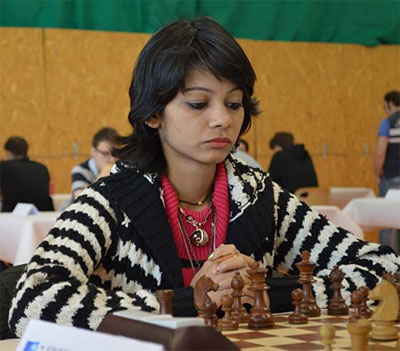
The photographer of this report, WIM elect Amruta Mokal (2075),
made her fifth WIM norm and gained 42 Elo points [picture by Pierre Becker]
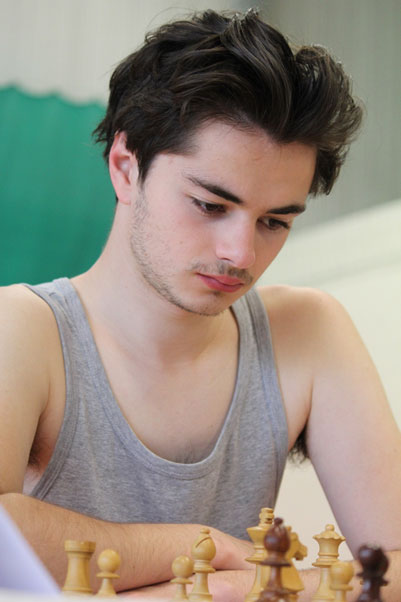
Yacine Boukhris-Ferre won the prize for the best player under 2200

Vladimir Onischuk (right) with the Group B winner Alexis Cahen (1800) who scored 7.5/9
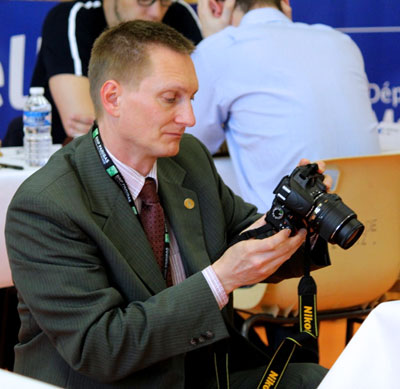
Pierre Becker played a double role at the event
Pierre was the chief arbiter and in his free time took some excellent pictures. He speaks flawless English and was a blessing for the foreign players who couldn’t speak French.

The man who made this event possible: Salvatore Centonze (right) with his son Luigi

In the B group we found an extremely talented kid, seven-year-old Clement Kuhn
The thing we loved about him was the seriousness with which he would play against opponents ten times his age, neatly write his score sheet and never get up from his chair while playing.
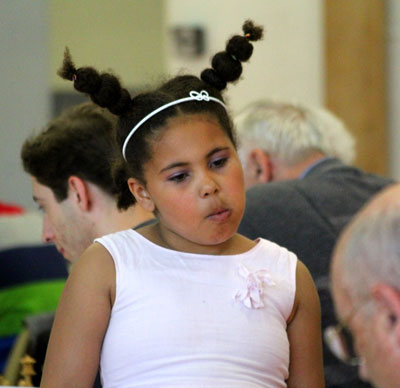
Now that’s a hairstyle that is bound to catch anyone’s attention

Claire De Vreese from France
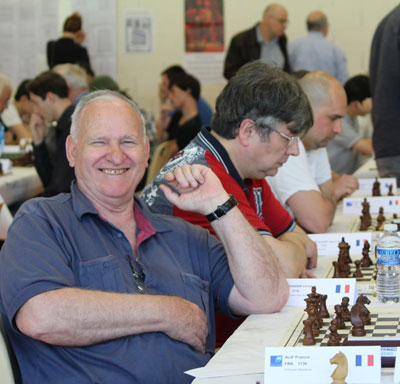
It’s not every day that you find a person who is so happy
to be photographed when his game in going on!
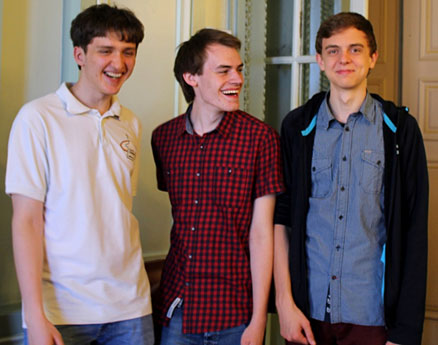
The future German Olympiad team? Alexander Donchenko, Matthias
Blübaum and Dennis Wagner, who all turned GMs three days ago
The City of Metz

The city of Metz in France is in close proximity from the borders of Germany, Luxembourg and Belgium. It has a rich history of 3000 years and was annexed by Germans on several occasions. Since 1944 it has been a part of France.

The river Moselle flows through the city...

... with swans on and around the banks of the river
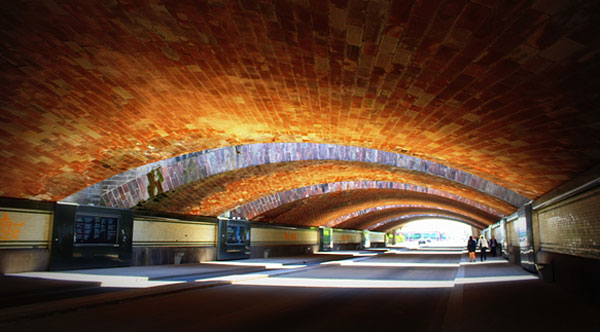
To reach the tournament hall, you need to pass through this tunnel ...

... and after coming out of it this picturesque scene awaits you.

Porte Serpenoise, a city gate associated with the many historical events that have taken place in Metz
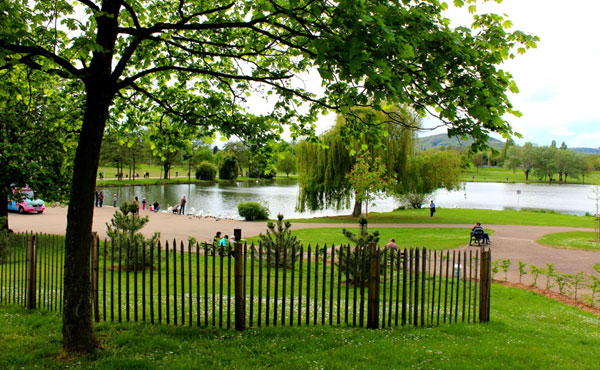
The beautiful parks, lakes and green trees clear your mind before the game

The Metz Cathedral is the most important structure of the city.
It was consecrated in the year 1552 and is built in French Gothic architectural style.
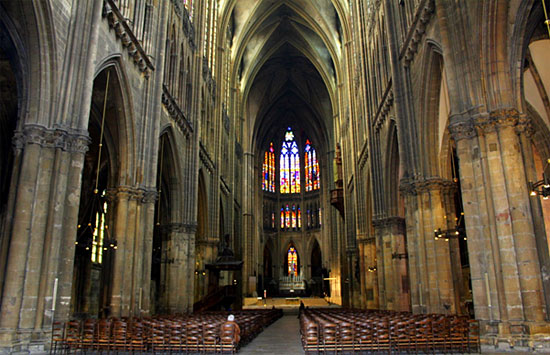
The church has one of the highest naves in the world, measuring 41.41 metres
Pictures by Amruta Mokal
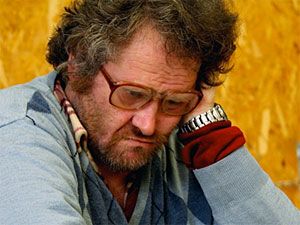





















 The Benko Gambit with g3
The Benko Gambit with g3






























